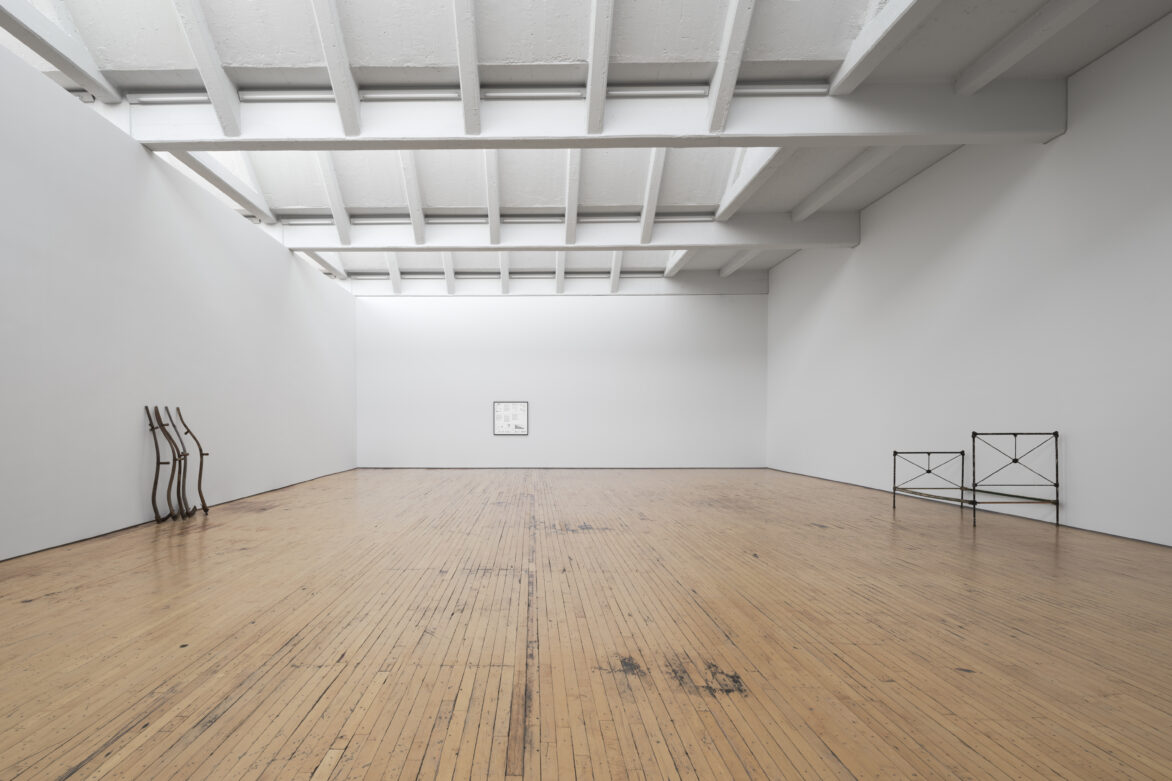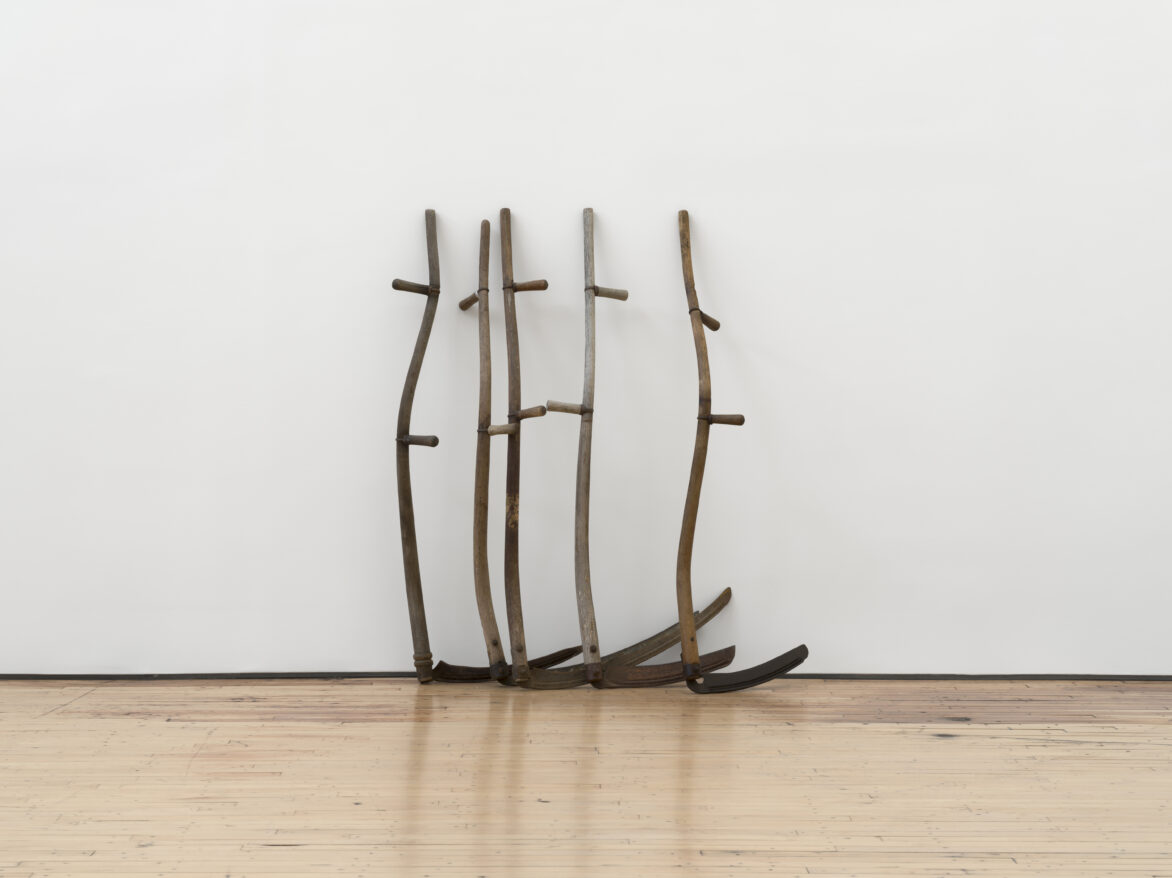
Cameron Rowland: Properties
See Also

We acknowledge our culture’s systemic marginalization of artists because of race, gender, religion, age, ability, sexual orientation, and/or immigration status among other factors. We actively seek to highlight the work of under-represented practitioners and support efforts to address entrenched inequities.
The Andy Warhol Foundation for the Visual Arts

